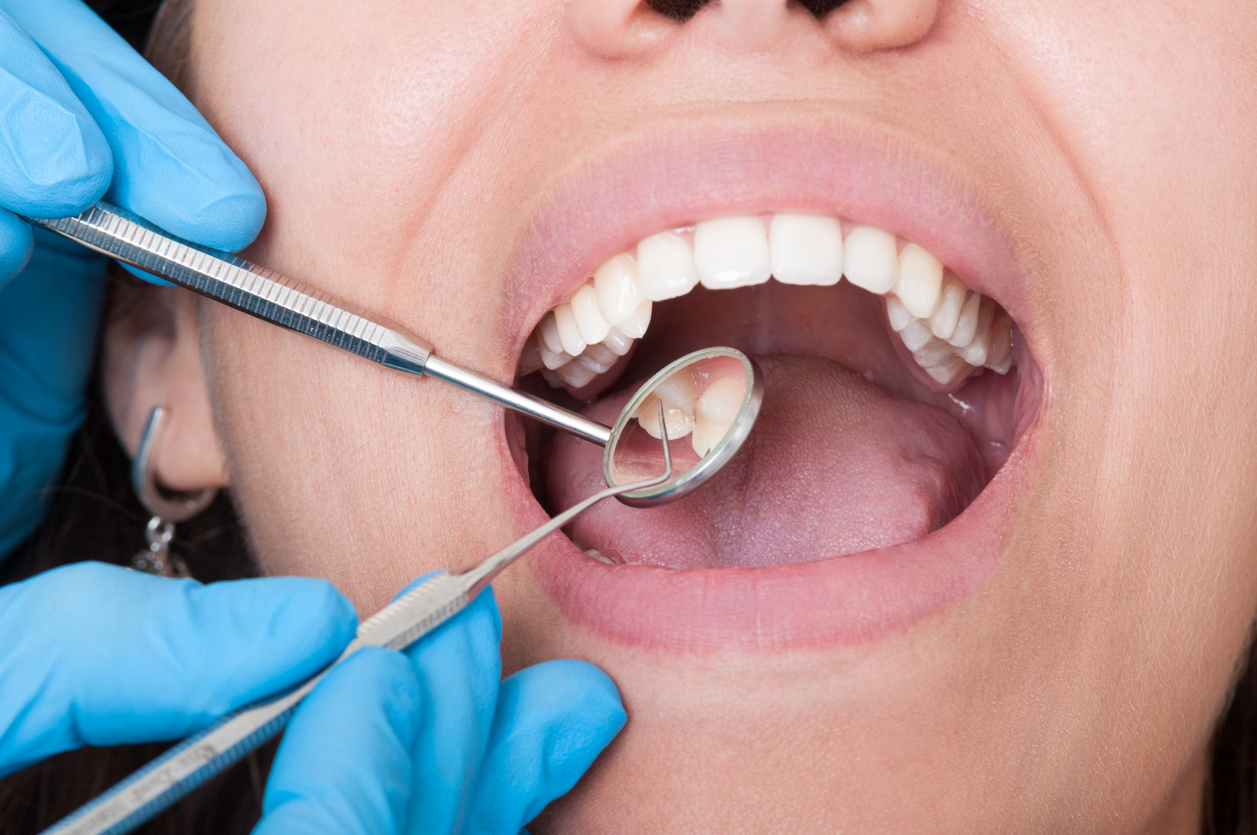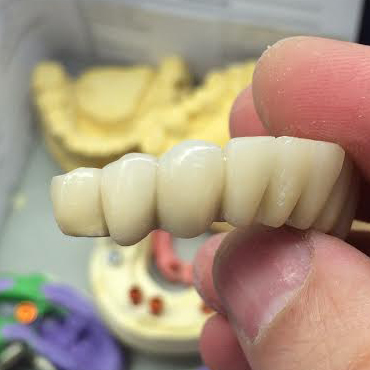Warning: Trying to access array offset on value of type bool in /home/bright16/public_html/brightondentallabs.com/wp-content/themes/bdl-custom/functions/theme-functions.php on line 1291
Warning: Trying to access array offset on value of type bool in /home/bright16/public_html/brightondentallabs.com/wp-content/themes/bdl-custom/functions/theme-functions.php on line 1296
Warning: Trying to access array offset on value of type bool in /home/bright16/public_html/brightondentallabs.com/wp-content/themes/bdl-custom/functions/theme-functions.php on line 1318
Warning: Trying to access array offset on value of type bool in /home/bright16/public_html/brightondentallabs.com/wp-content/themes/bdl-custom/functions/theme-functions.php on line 1319
Warning: Trying to access array offset on value of type bool in /home/bright16/public_html/brightondentallabs.com/wp-content/themes/bdl-custom/functions/theme-functions.php on line 1320
Common Dental Injuries
06/12/2013What is a Tooth Fracture?
06/12/2013Warning: Trying to access array offset on value of type bool in /home/bright16/public_html/brightondentallabs.com/wp-content/themes/bdl-custom/functions/theme-functions.php on line 1291
Warning: Trying to access array offset on value of type bool in /home/bright16/public_html/brightondentallabs.com/wp-content/themes/bdl-custom/functions/theme-functions.php on line 1296
Warning: Trying to access array offset on value of type bool in /home/bright16/public_html/brightondentallabs.com/wp-content/themes/bdl-custom/functions/theme-functions.php on line 1318
Warning: Trying to access array offset on value of type bool in /home/bright16/public_html/brightondentallabs.com/wp-content/themes/bdl-custom/functions/theme-functions.php on line 1319
Warning: Trying to access array offset on value of type bool in /home/bright16/public_html/brightondentallabs.com/wp-content/themes/bdl-custom/functions/theme-functions.php on line 1320
What You Should Know!
Dental cavities are typically a consequence of tooth decay, which is one of the most common dental conditions that can significantly destroy the structure of teeth. Tooth decay has negative effects on both the enamel as well as the dentin.
The main reason behind this condition is the decay of carb-containing food particles that are accumulated in between the teeth. When oral bacteria start digesting these food bits, the carbohydrates are converted into acids. The bacterial growth, acid formation, accumulation of food debris and saliva lead to the formation of plaque. Overtime, acid production and plaque formation contribute towards dissolving the teeth’s enamel surface, which leads to the development of tooth holes, more commonly referred to as “cavities” or “dental caries”.

Who Is At Risk of Developing Cavities?
It is a widespread misconception that only children are affected by cavities. However, in real, changes related to the process of aging are also linked with dental caries. In fact, gum recession that typically results from gingivitis tends to expose the roots of teeth to plaque whereas in other cases, munching on sugary delights can also make the teeth more vulnerable to this tooth-damaging condition.
In some cases, dental filling edges also start experiencing decay. This is more common in older patients who haven’t used many fluoride-based products during their youth, which caused them to have more dental fillings, thereby leading to increased incidences of dental caries.
Signs of Dental Caries
The ideal strategy for determining whether an individual has cavities is having a regular dental examination. As the dentist examines the teeth, he/she will observe that the tooth surface is unusually soft and in many cases, dental X-rays make it easy to detect hidden dental cavities.
If the decay has become deeper and more serious, the patient may experience toothaches, particularly after munching on sugary foods. Another very common indicator is the appearance of holes or pits in the patient’s teeth.
Treating Dental Caries
The dentist can suggest different strategies or treatment options to deal with dental caries, depending on the nature of damage and the type of tooth decay. In case of non-extensive decay, the decayed part of the tooth structure is eliminated by drilling, followed by a filling replacement. The filling material can vary from silver and gold to composite resin or porcelain. Generally, most dental filling materials are deemed safe. However, the use of mercury-based, silver amalgams is still controversial. It is important to note that allergic reactions to silver amalgam are rare as compared to other restorative options.
If this decay is extensive and a small amount of tooth structure is left, dental crowns are used. However, if the tooth nerve has died as a result of decay, the patient is asked to opt for root canal treatment. During this treatment, tooth’s centre is removed in addition to removing the decayed parts. Following the removal procedure, a sealing material is used for filling the roots. If needed, a crown is also positioned over the filled tooth.


